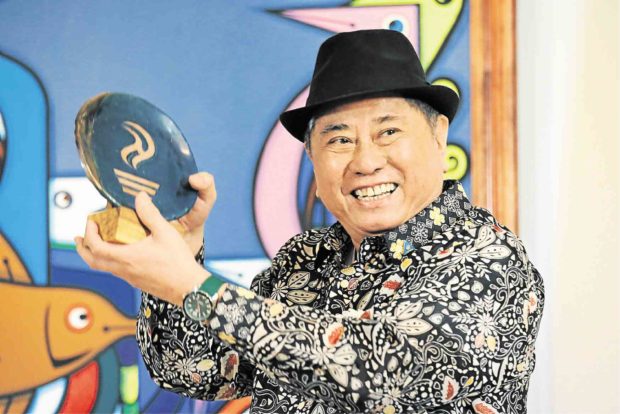Filipino pushed as main medium of instruction
BAGUIO CITY—Explaining science and math in Filipino will help improve classroom interaction, and schools need not attempt to translate scientific and technical terms, according to National Artist Virgilio Almario.
For instance, seeking Filipino terms for “zero” or “carbon dioxide” is a fallacy being pushed by educators who prefer using English as the primary medium of instruction, instead of Filipino, as stipulated by the 1987 Constitution, Almario said.
Almario opened the 10th Pambansang Kongreso sa Wika at Panitikang Filipino (National Congress on the Filipino Language and Literature) at Teachers’ Camp here last week. The congress was facilitated by the Kapisanan ng mga Superbisor at Guro sa Filipino.
Section 6 of Article 14 of the 1987 Constitution stipulates that Filipino is the national language and government “shall take steps to initiate and sustain the use of Filipino as a medium of official communication and as language of instruction in the educational system.”
Level of insecurity
Article continues after this advertisement“Clearly Filipino is the medium of instruction, but in practice, it is the reverse. English has taken precedence,” Almario said, citing scholars who, he noted, retain some level of insecurity over the national language.
Article continues after this advertisement“Some have this mentality that all technical and scientific terms should be translated into Filipino” before they would welcome Filipino as an instructional language, said Almario, also chair of the Komisyon ng Wikang Filipino (Commission on the Filipino Language).
Language growth
“When English began forming into a language, it did not translate words in Greek or German. It absorbed these words and made them part of the language. Filipino should do the same to make it grow,” he said.
“What we need are teachers who can explain these concepts more efficiently using Filipino,” Almario said.
“In international science examinations, pupils who did well come from countries like Japan and China or those in Eastern Europe whose teachers use their national languages,” he said. —VINCENT CABREZA
